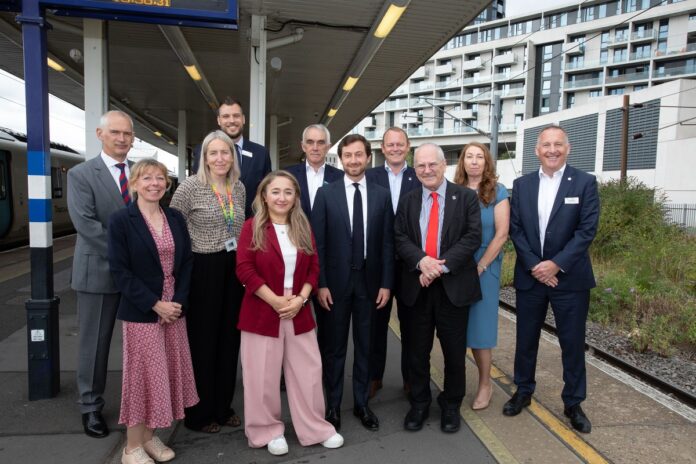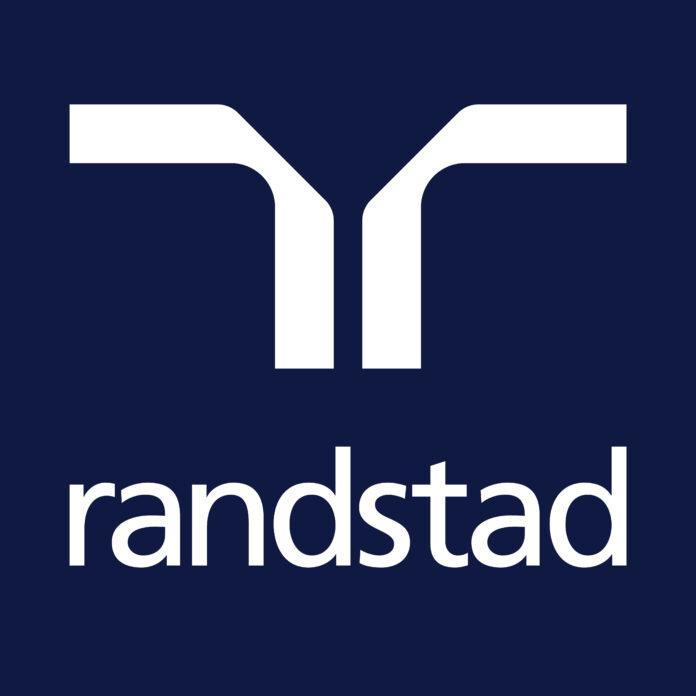Rail Minister Lord Hendy today celebrated a landmark achievement as the Great Northern ‘Northern City Line’ officially became the country’s first commuter railway to operate without traditional lineside signals.
Lord Hendy experienced the advanced technology firsthand during a cab ride from Moorgate to Finsbury Park, witnessing the digital in-cab signalling system in action. The removal of lineside signals marked the initial phase of the government-funded £1.4 billion East Coast Digital Programme (ECDP).
This digital signalling system provides train drivers with constant information on a computer screen within the cab, detailing how far and how fast they can travel using the European Train Control System (ETCS). This innovation is set to boost reliability, reduce carbon emissions, and ultimately deliver a more punctual service for passengers.
Senior industry leaders and Feryal Clark MP, Minister for AI and Digital Government, joined Lord Hendy for the visit. Delivering such a pioneering change across track and train has required deep, industry-wide collaboration, and this initial project has proven the success of its unique delivery model. This achievement is paving the path for strategic innovation and greater industry integration under Great British Railways (GBR).
Lord Hendy also received updates on the overall progress of ECDP, which is anticipated to introduce digitally signalled services on the East Coast Main Line next year. Discussions also covered the wider masterplan to gradually roll out digital signalling across the broader network.
Rail Minister Lord Hendy said: “Thanks to £1.4 billion of government funding, as part our Plan for Change, we are bringing our railways into the 21st century and beyond. Digital signalling is not only more cost effective, but even safer, more resilient and greener than traditional signalling. Great British Railways will put passengers back at the heart of our transport network. This government is investing in technology that will increase railway capacity and reduce delays by up to a third, enhancing connectivity to deliver economic growth, jobs and homes.”
Toufic Machnouk, managing director, GBRX, said: “The success of the Northern City Line pathfinder is an important step in the wider Digital Railway Masterplan. It sets a benchmark for how we modernise the network and lays the groundwork for how we deliver innovative technology that improves the railway for people through GBRX.”
Ellie Burrows, Network Rail’s managing director, Eastern region, said: “This shift from traditional signals to digital control on such a busy commuter route is a huge achievement, and today has been a chance to celebrate bringing in the next generation railway in this year of Railway 200. I would like to thank our signallers, controllers, maintainers and all who have worked with our industry partners to make this change possible.”
John Whitehurst, chief operating officer at Govia Thameslink Railway, said: “We’re incredibly proud to be operating the country’s first signals-free, digitally-controlled commuter railway. It’s working well and improving performance. This achievement is a huge testimony to the hard work put in by our team here at GTR and the close collaboration with our industry partners.”
Rob Morris, joint CEO and managing director, rail infrastructure and software, Siemens Mobility UK&I, said: “By bringing track and train together through our digital technology, we are helping to transform rail travel and transport. Our Siemens Class 717 trains are the first passenger fleet to operate with ETCS digital signalling that we’re delivering on this programme, marking a revolutionary shift from lineside signals to digital in-cab systems.”





